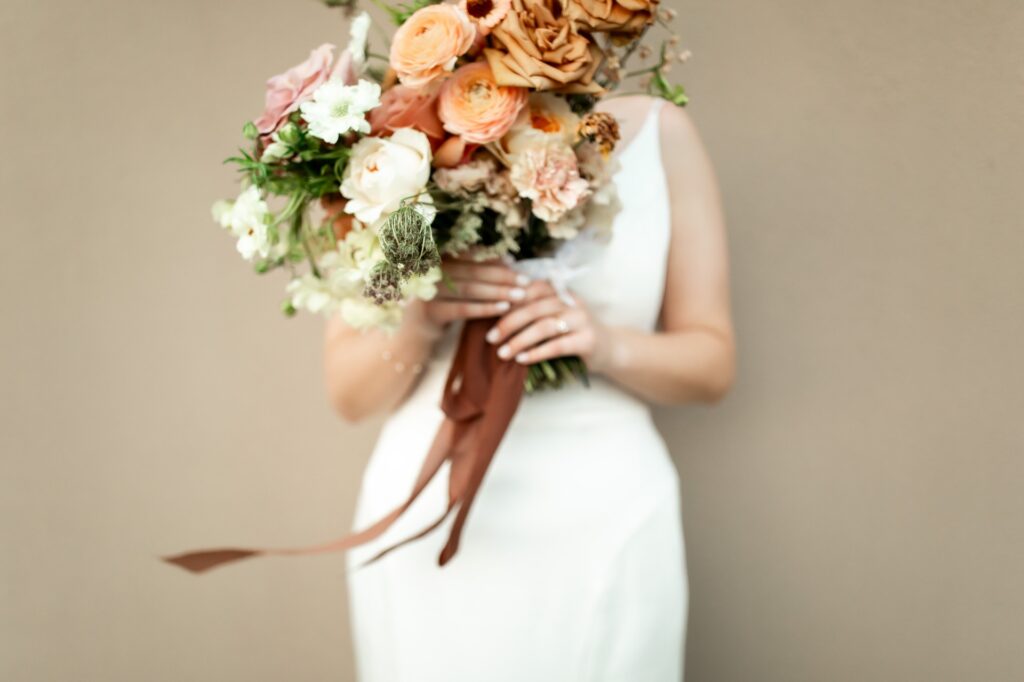
Planning a wedding within a budget is essential to avoid unnecessary financial stress. With the national average wedding cost around $35,000 (https://www.theknot.com/content/average-wedding-cost), and average guest attendance of 136, it’s important to allocate funds strategically. What I tend to see when touring couples, is the overwhelm on where money should “go” in order to stay in their budgets. They are excited to plan the fun and pretty items of the wedding (as am I), but unless you take care of your must-haves first… you can be left with not enough and end up busting your budget-which, let’s be honest- isn’t what anyone wants to do.
I lovingly refer to these must haves as your “High Five”. Let’s focus on these categories that typically consume the bulk of the budget: Venue, Catering, Bar, Photography, and DJ. By allocating 75% of your budget to these key areas, you can create a beautiful wedding while keeping your expenses in check. Here’s how to break down $35,000:
– Venue: 30% ($10,500)
– Catering: 20% ($7,000)
– Bar: 10% ($3,500)
– Photography: 10% ($3,500)
– DJ: 5% ($1,750)
1. Venue (30% of the Budget)
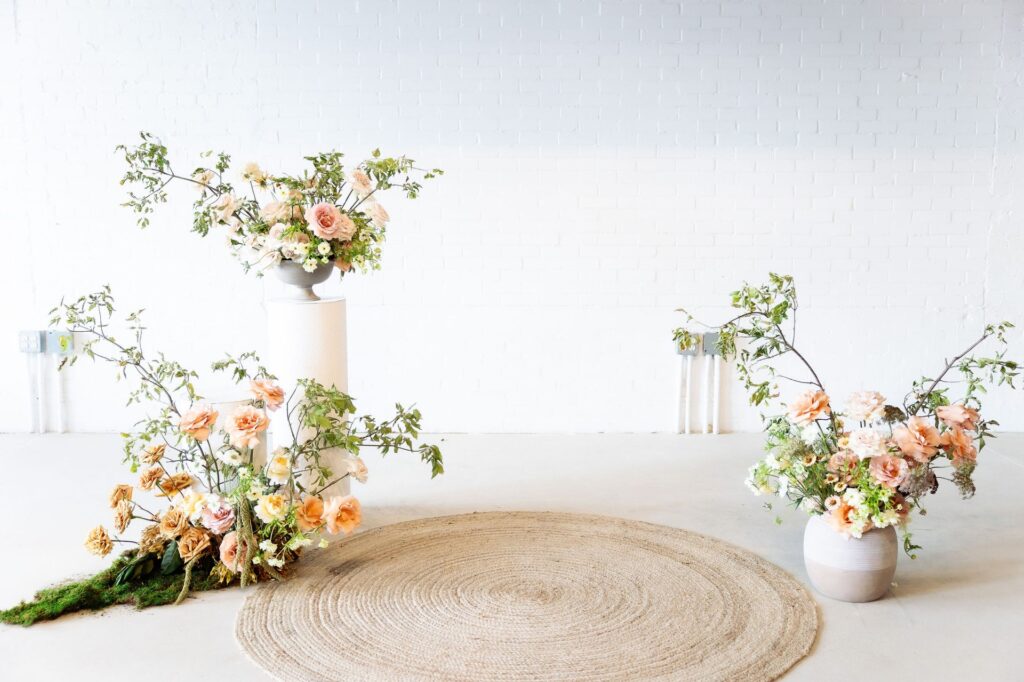
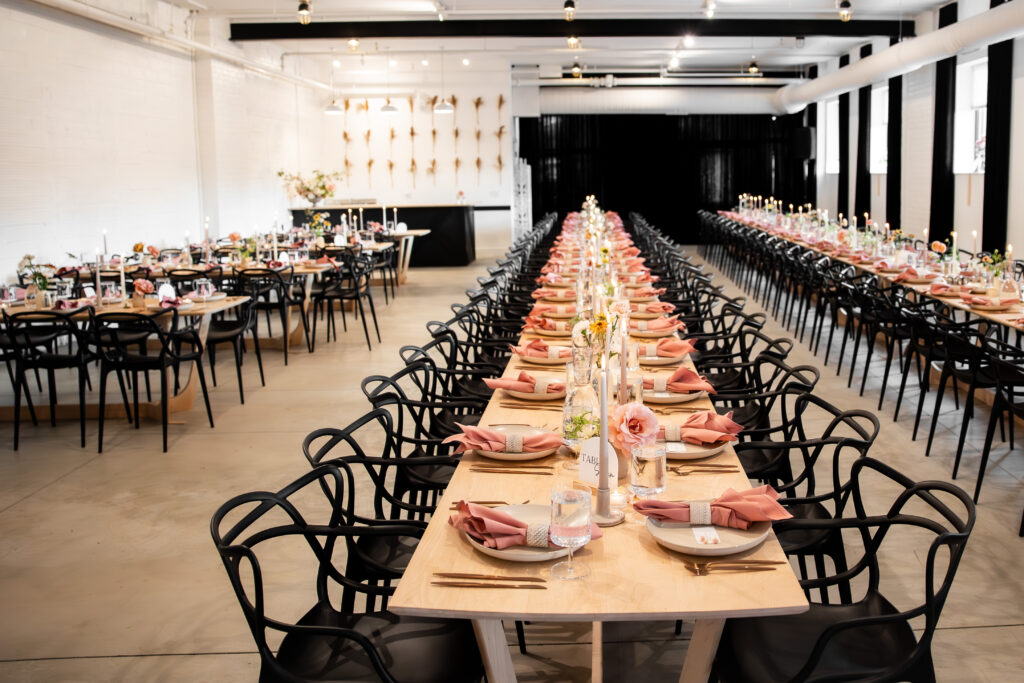
The venue is one of the most significant aspects of your wedding, setting the tone for your special day. Allocating 30% of a $35,000 budget translates to $10,500 for the venue. When searching for a venue, consider off-peak seasons or days of the week for significant savings. Keep in mind, the more services your venue offers, the better. This line item should include your tables, chairs, linens and overall facility needs. If your venue doesn’t include these items, make sure you reach out to a rental company and get a full quote of needed items with delivery costs and timed window fees (if applicable). The more options your venue includes the better! Included decor, planning, and overnight accommodations, all help to greatly reduce needs from your remaining budget of 25%, which can then be directed to other items. In the end, if your venue includes most of the necessary extras a client needs (like ours!), is a bit over your allocated percentage, that’s perfectly okay! If not, you’ll want to factor in things like a planner (5%), overnight accommodations, and decor (5%), which would take this allocated total to around 40% of your budget, with an extremely seamless approach to reducing your stress levels.
2. Catering (20% of the Budget)
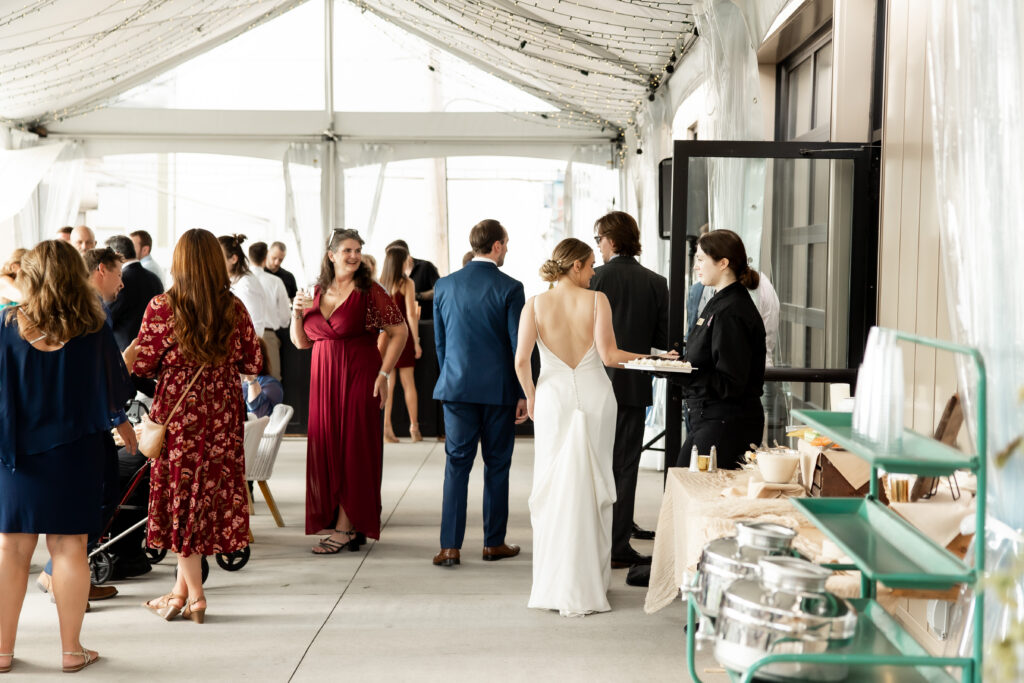
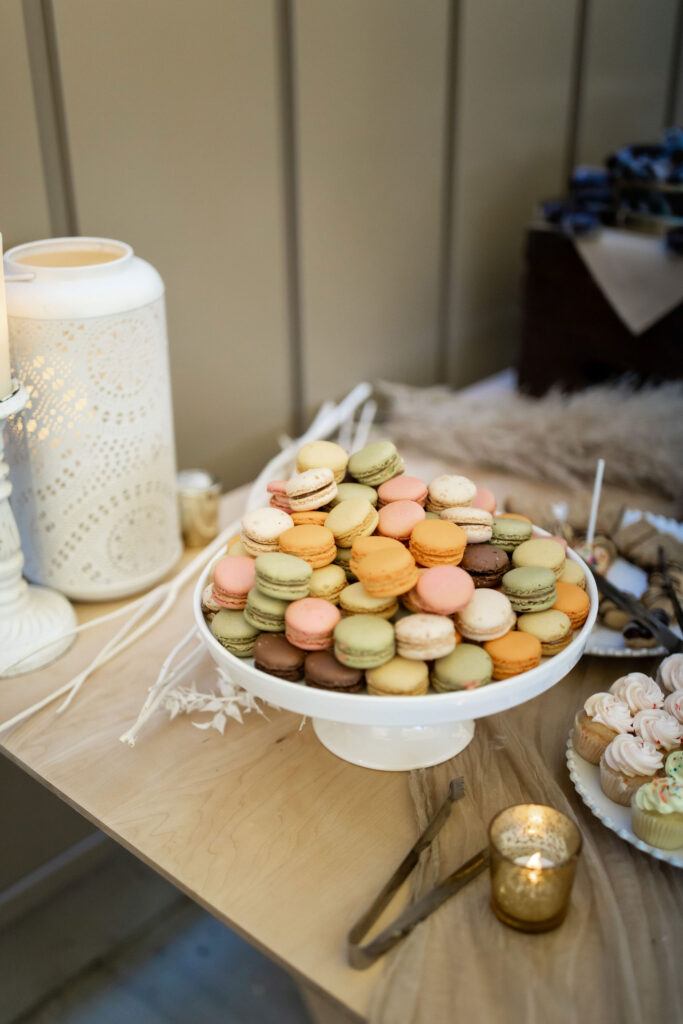
Feeding your guests is another substantial expense, typically accounting for 20% of your budget, or $7,000. To maximize your catering dollars, consider a buffet or non-traditional options, versus plated dinners which can be more costly. Offering a limited menu with crowd-pleasing options can also reduce expenses without sacrificing quality. Don’t overlook the potential savings of hiring a local restaurant, which can provide delicious eats at a lower cost than traditional wedding caterers. Be sure to discuss service fees, gratuities, and potential overtime charges upfront to avoid any surprises. Additionally, realize that many of you may have a guest list much larger than the 136 national average. Food is expensive… you may need to cut your guest list or think of alternative ways to reduce your head count.
3. Bar (10% of the Budget)
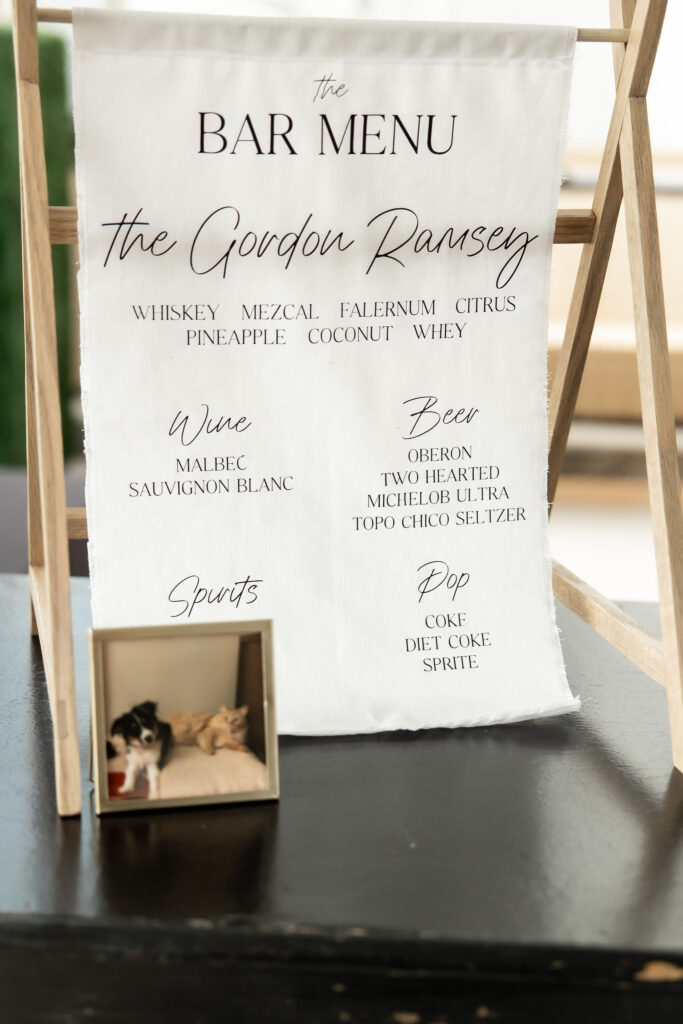

The bar can be a considerable expense, often amounting to 10% of your total budget, or $3,500. There are several strategies to keep bar costs under control. Consider offering a limited selection of drinks, such as beer, wine, and a couple of signature cocktails, rather than a full open bar. If your venue allows, purchasing alcohol in bulk from a retailer can also be more cost-effective than going through vendors or in-house venue packages. Don’t forget to factor in the cost of hiring bartenders and obtaining any necessary insurance coverages!
4. Photography (10% of the Budget)
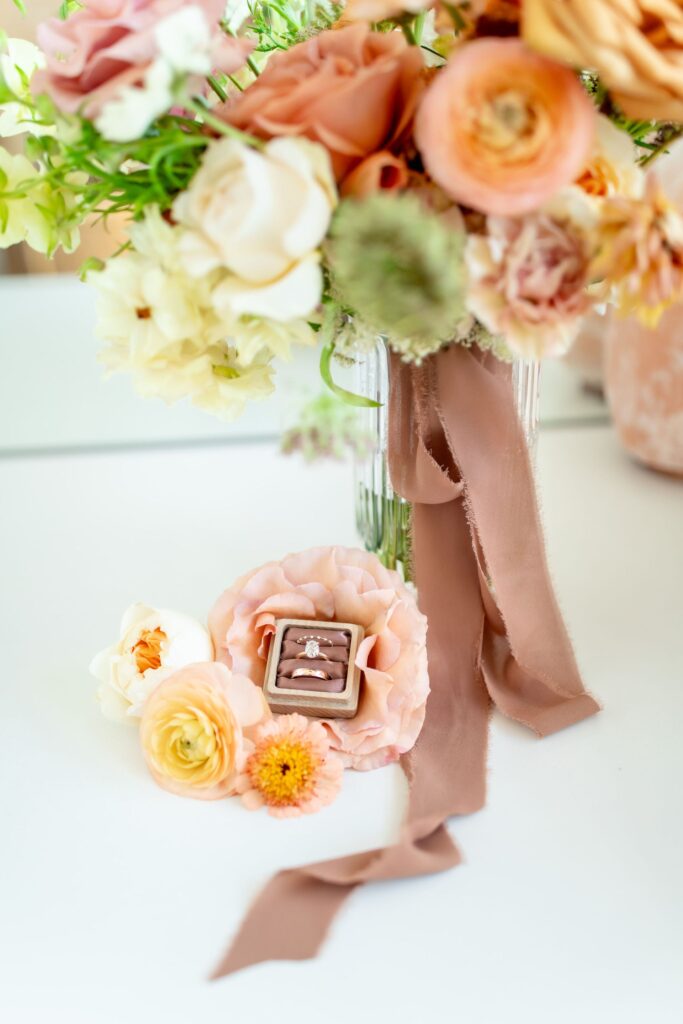
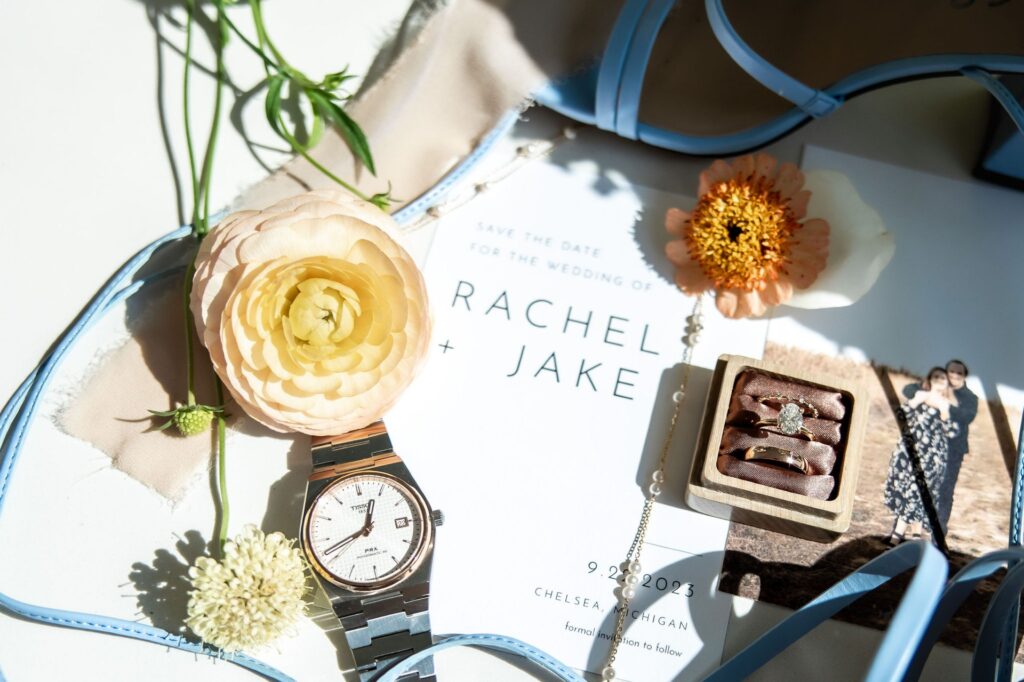
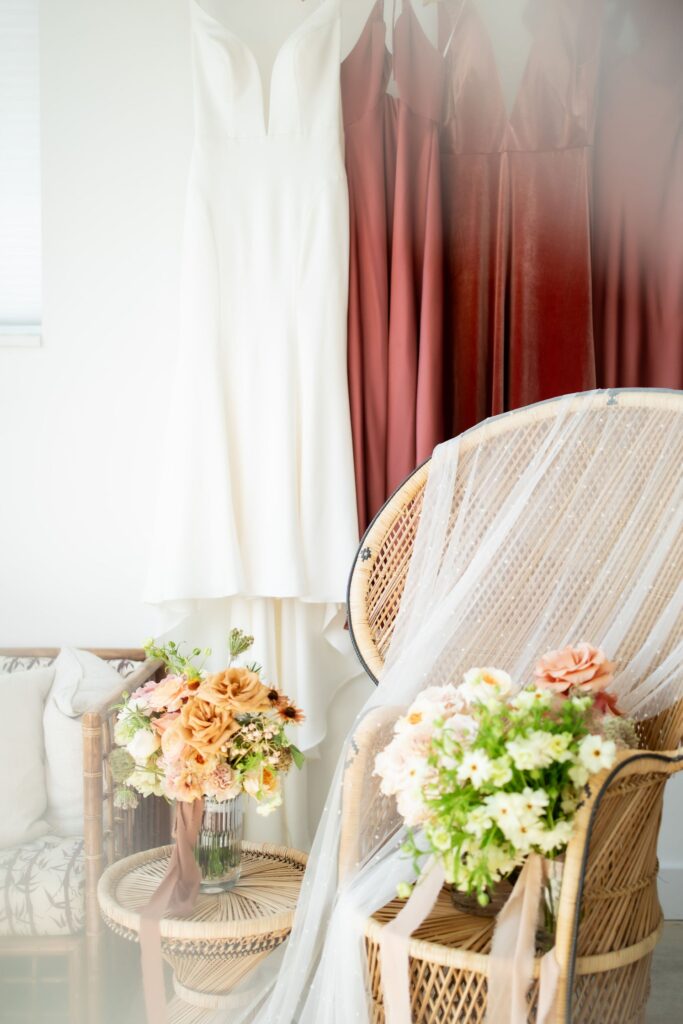
Capturing the memories of your big day is crucial, with photography typically taking up 10% of your budget, or $3,500. When choosing a photographer, look for packages that include a mix of services such as engagement photos and full-day coverage. Hiring a talented but less experienced photographer can provide significant savings without compromising on quality. Another cost-saving tip is to limit the hours of coverage, focusing on the most critical parts of the day.
5. DJ (5 % of the Budget)
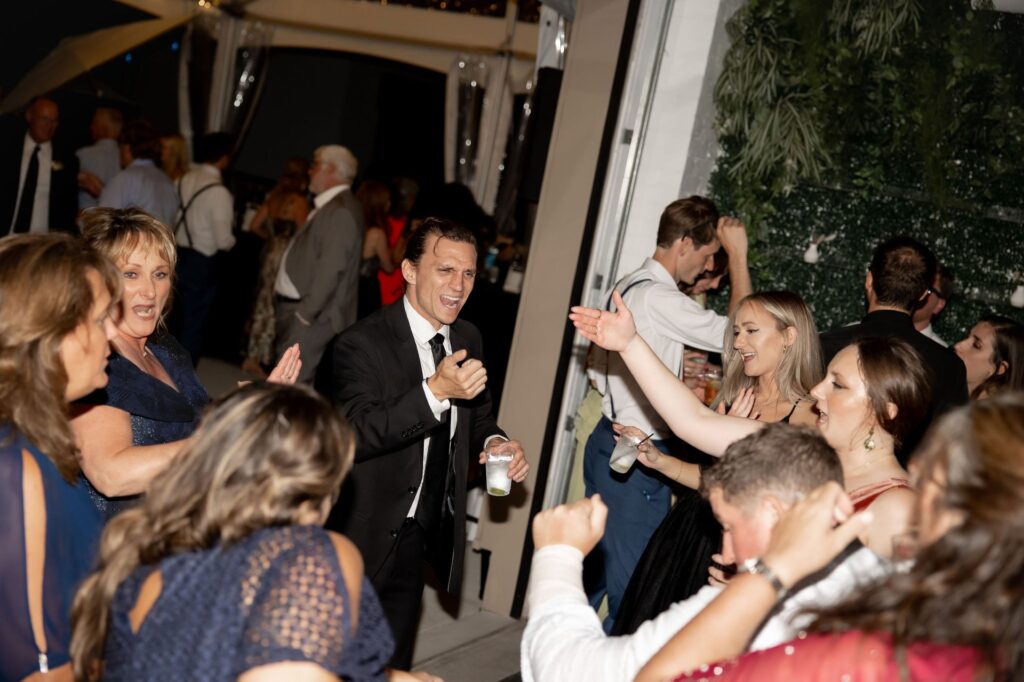

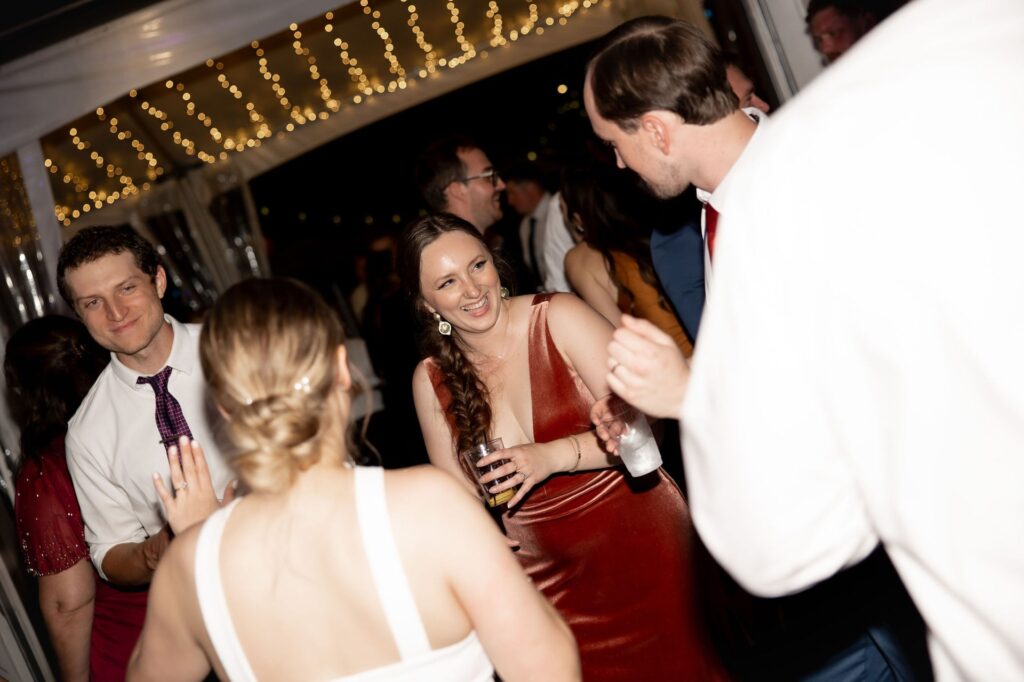
A good DJ keeps the energy high and the dance floor packed, making this an essential investment. Prepare to allocate 5% of your budget, or $1,750. When hiring a DJ, seek recommendations and check online reviews to find someone who fits your style and budget. Ask your venue! They typically have a preferred vendors list with numerous great options. Many DJs offer packages that include lighting and sound equipment, which can save on additional rental costs. If you’re open to it, hiring a talented student or a less established DJ can provide excellent service at a fraction of the cost. Make sure to have a clear contract outlining the DJ’s responsibilities and hours to avoid unexpected fees, and always make sure they are insured.
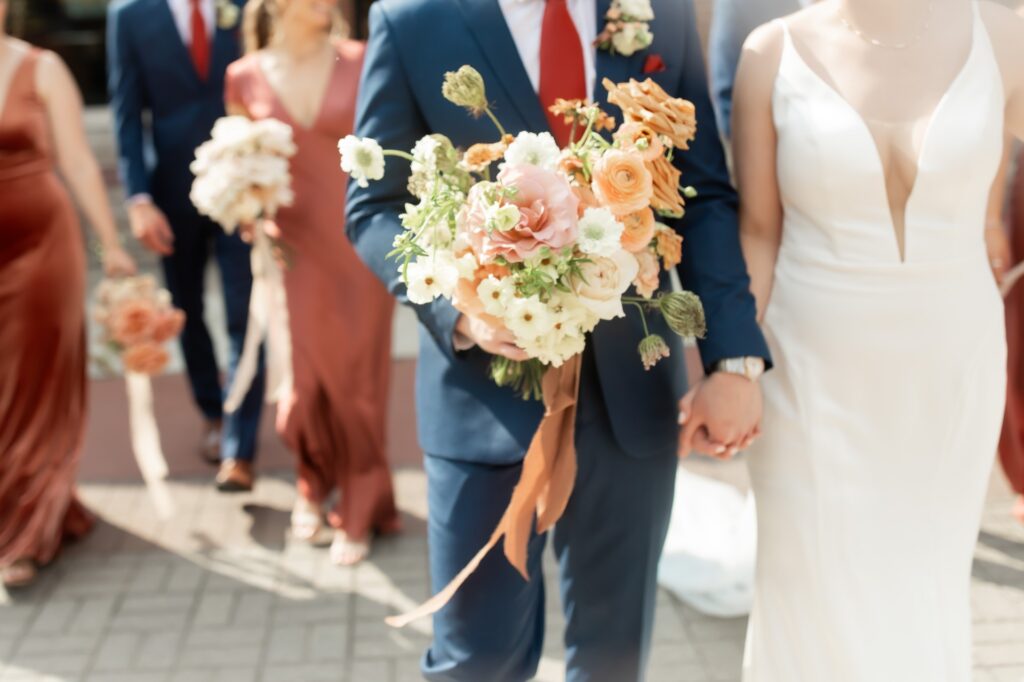
By strategically allocating 75% of your $35,000 wedding budget to the “high 5” categories—Venue, Catering, Bar, Photography, and DJ—you can create a beautiful and memorable wedding day without overspending. Careful planning, prioritizing your must-haves, and being open to alternative options can help you stay within your budget while still enjoying the wedding of your dreams. Remember, the key to a successful wedding is celebrating your love and commitment, surrounded by those who matter most.
So until next time….. Happy Planning!
Amy
______
Vendor Team
- Venue // The Collins off Main
- Photo // Libby G Photography
- Florals // Cass and Jean Flower Co.
- Catering // Angel Food Catering
- Bar // Cloud Nine Bartending
- Entertainment // Lufru Entertainment
- Rentals // Blue Sky Event Rentals
- Beauty // Studio FRWD
- Transportation // Rockstarz Limo
May 22, 2024
Michigan Wedding Planning: Selecting Your “High-Five” Vendors
real weddings
wedding planning 101
trends
overall venue advice
I'm the face behind "Ask Amy" and the owner of The Collins Collective. I've been at this wedding thing for 20+ years, and every minute of it has been as rewarding as challenging, Stay tuned for all the tips and tricks I will be sharing in our blogs!
AMY
MY NAME IS
WELCOME TO The Blog
As the Brand Manager for The Collins Collective, I'm your behind the scenes gal for everything Collins. Stay tuned for all the wedding goodness I will be sharing in our blogs!
CALLIE
MY NAME IS
RaeLynn Davy Photography
RaeLynn Davy Photography
LET'S CONNECT
WE ARE PASSIONATE ABOUT THE INDUSTRY AND OUR COUPLES. WHETHER YOU ARE IN THE MIDST OF WEDDING PLANNING YOURSELF, OR IF YOU HAVE IDEAS FOR THE BLOG--REACH OUT! WE WOULD LOVE TO CONNECT WITH YOU. NEW BLOGS RELEASED EVERY OTHER WEDNESDAY. :)
passion with a purpose.
Matt & Ashley Photography